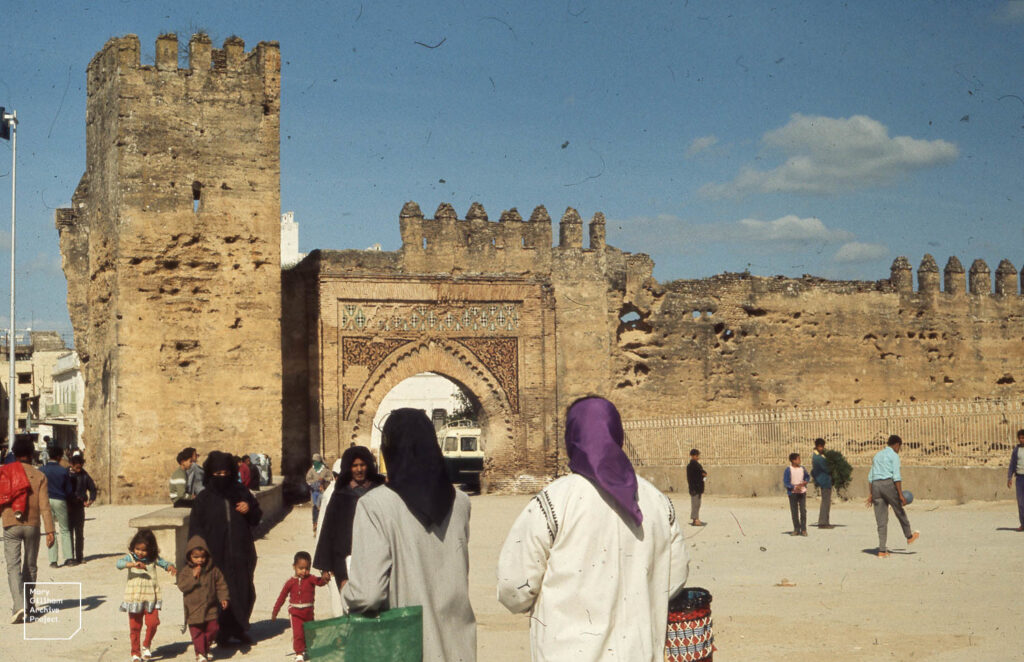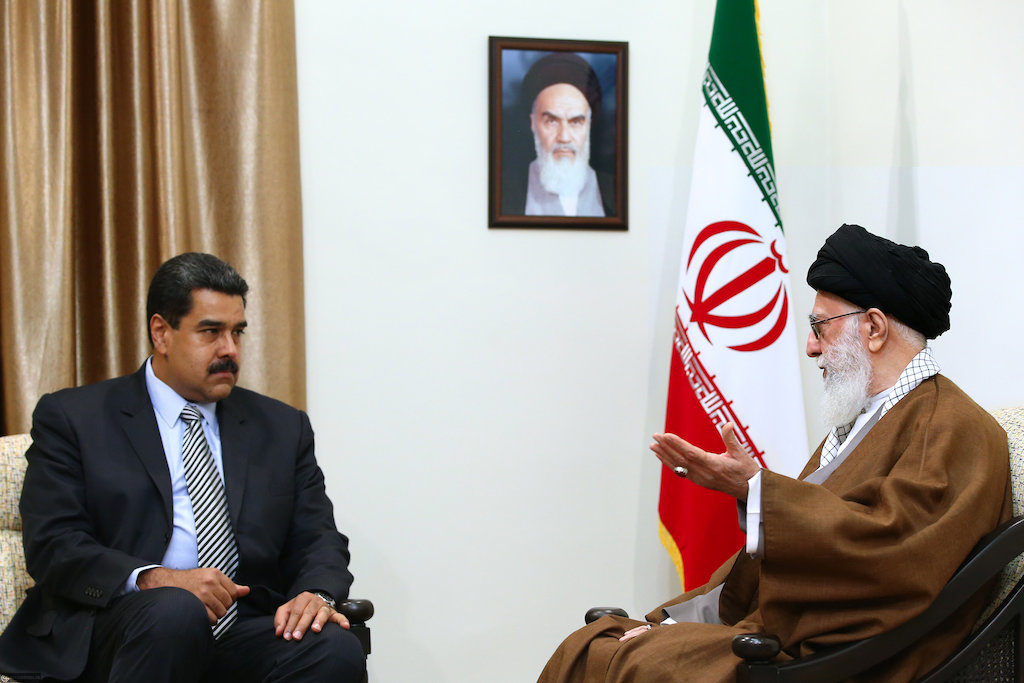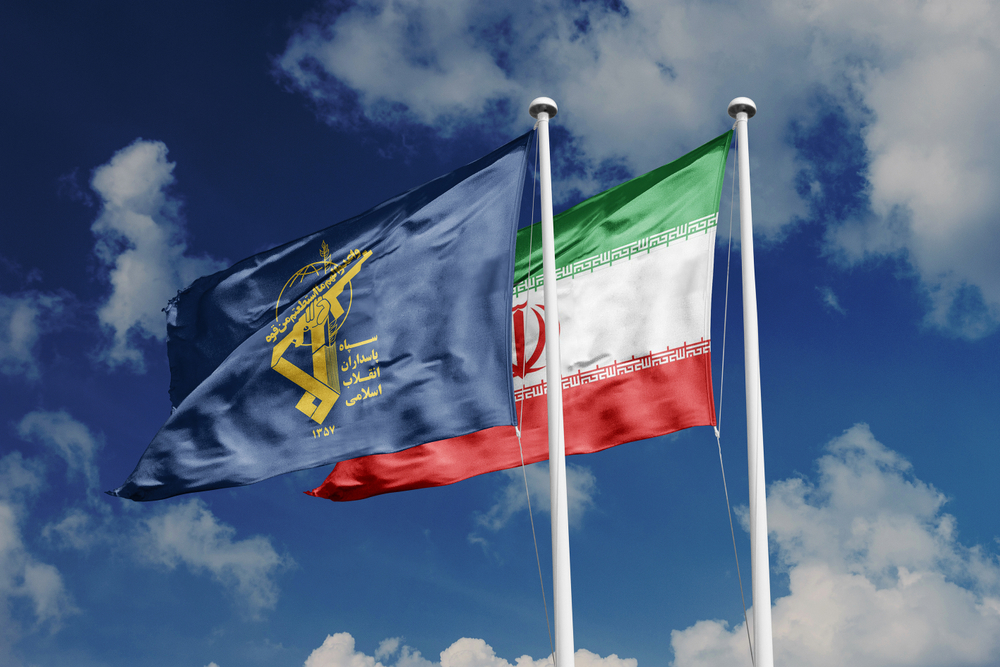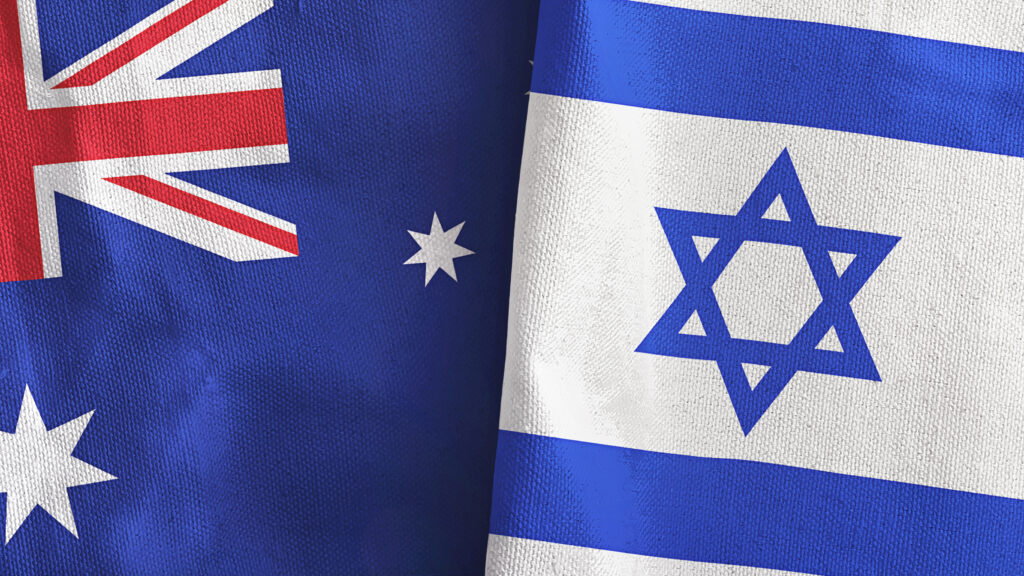UPDATES
Gaza Arms Smuggling Thrives After Mubarak’s Fall
July 25, 2011 | Geoffrey Levin

The fall of Egyptian President Hosni Mubarak in February led to a sharp increase in weapons smuggling to the Gaza Strip and continues today, according to a recent piece by Israeli security correspondent Ron Ben-Yishai. In the past six months alone, Bedouin smugglers have transferred three times the quantity of industrial explosives to Gaza as they did in all of 2010, as Gaza’s terrorist organisations roughly doubled their number of rockets to an estimate 10,000, an amount equivalent to Hezbollah’s arsenal at the start of the 2006 War. Ben-Yishai explains why:
The main, immediate beneficiaries of what is known as the “Arab spring” are Hamas and Islamic Jihad in the Gaza Strip. The riots in Egypt and the removal of Mubarak and his associates from power prompted two developments: First, the Muslim Brotherhood is no longer an underground movement and has become an important, influential political element. The group’s influence prompted Egypt’s government to completely halt construction of the underground metal obstacle built with American assistance in a bid to block smuggling tunnels. The Egyptian regime is making no effort to curb new tunnels and has virtually suspended its battle against smuggling from Rafah to the Strip.
Simultaneously, Egyptian security forces preoccupied with domestic developments completely lost their hold on the Sinai Peninsula. Some 300,000 Bedouins belonging to four or five large tribes are now the Sinai’s true rulers. These tribes’ main income is based on smuggling in general, and on smuggling to Gaza in particular, and they quickly exploited the security vacuum in the peninsula in the wake of the revolution.
While much of Hamas’s arsenal still consists of low-quality Kassam rockets, the number includes thousand of mid-range Grad rockets and some heavy Farj rockets that could hit the outskirts of Tel Aviv. This means any future war with Hamas could look quite different than Operation Cast Lead in 2008-2009, which involved minimal Israeli civilian casualties and did not threaten Israel’s major population centres.
It also dashes the hopes of some who believed that the unity deal announced by Hamas and Fatah might actually bring Hamas into the fold of the Palestinian Authority. While negotiations remain stalled between the two Palestinian factions, the fact that Hamas continues to build up its arsenal at record rates seems to indicate it seeks power, leverage, and a continued path of violence against Israel as much as ever. Additionally, it seems to make it less likely that any Palestinian unity government would be able to meet the demands of the US Congress, which is currently considering dropping its $550 million in financial support for the Palestinian Authority due to the inclusion of Hamas, which fails to meet the aid conditions of renouncing violence and recognising Israel.
Geoffrey Levin
Tags: Egypt





